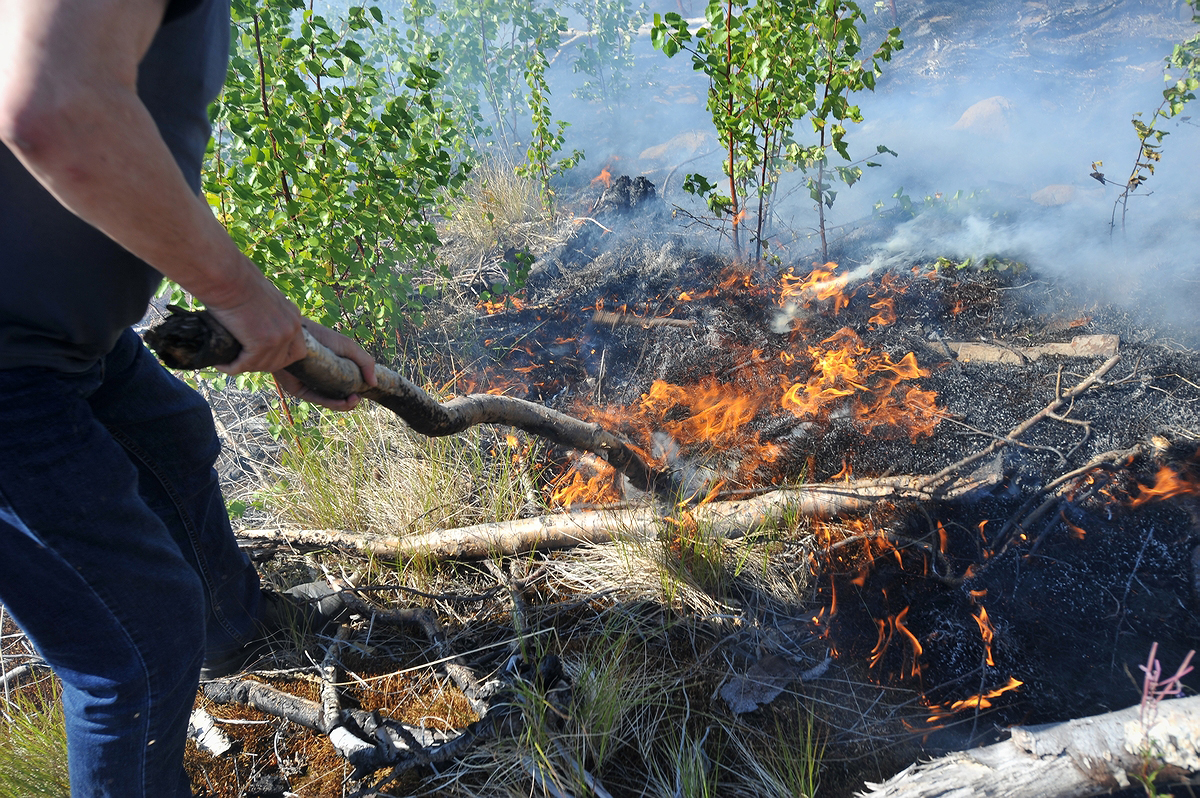#ARCTIC. #SIBERIA. THIS IS TAIMYR. The increase in periods of drought and uneven precipitation in the Arctic and the Far East leads to an increase in the intensity and coverage of wildfires. This is due to climate change, says Alexander Ivanov, candidate of agricultural sciences, employee of the Geology and Nature Management Institute, Far Eastern Branch of the Russian Academy of Sciences.
According to the expert, the trees, deadwood and tree litter dryness potentially affects the forest fires spread.
The first feature of fires in the Arctic and the tundra zone is the time of occurrence: if ordinary forest fires rage, as a rule, in the spring or in the first half of summer, then fires in the tundra go on from July to September.
The second feature is the presence of swamps and peat bogs. Arctic fires are called ‘zombie fires’ because they often burn in peat. Underground layers can smolder for months, even in winter and under snow, and when the snow melts, the fire comes to the surface.
“The tundra and arctic deserts zone is a territory where fires are not being extinguished. It is called the ‘zone of control’. That is, remote methods can determine the location of fires, then calculate the area of fires. But there are no opportunities to engage in extinguishing – the infrastructure is not developed for this, there are no roads”, the TASS quotes the expert.
In the Arctic, the processes of biomass accumulation by plants are slower, so the rates of ecosystem restoration are low. In addition, there are few species in the tundra, which means that the territory cannot replace plant communities.
“A more dangerous and irreversible process is permafrost degradation. Fires undoubtedly speed up this process. We should understand that these processes are irreversible”, said Alexander Ivanov.
For example, the areas where tundra vegetation used to be, a thermokarst (thawed) lake is formed, and the reverse scenario is impossible.
Earlier it became known that due to forest fires, a record amount of CO2 got into the atmosphere. Last year, moss burned on the shore of the reserved Lama lake in Taimyr. To extinguish a peat bog at the Red Stones waterfall site in Norilsk, activists dragged water manually. Recall that peat and moss help preserve permafrost.
Follow us on Telegram, VKontakte.
Text: Anzhelika Stepanova, Photo: Nikolay Shchipko





